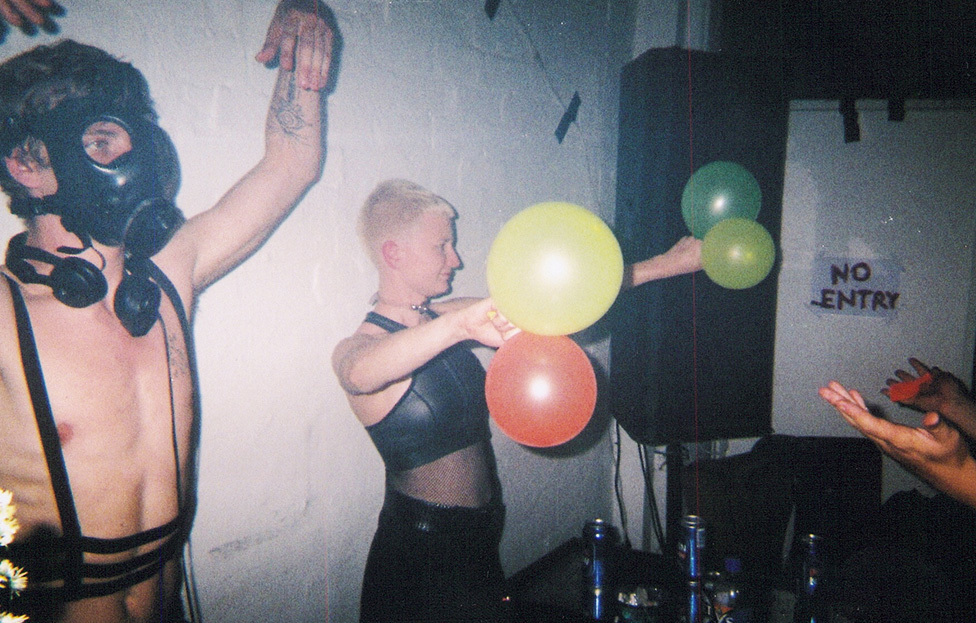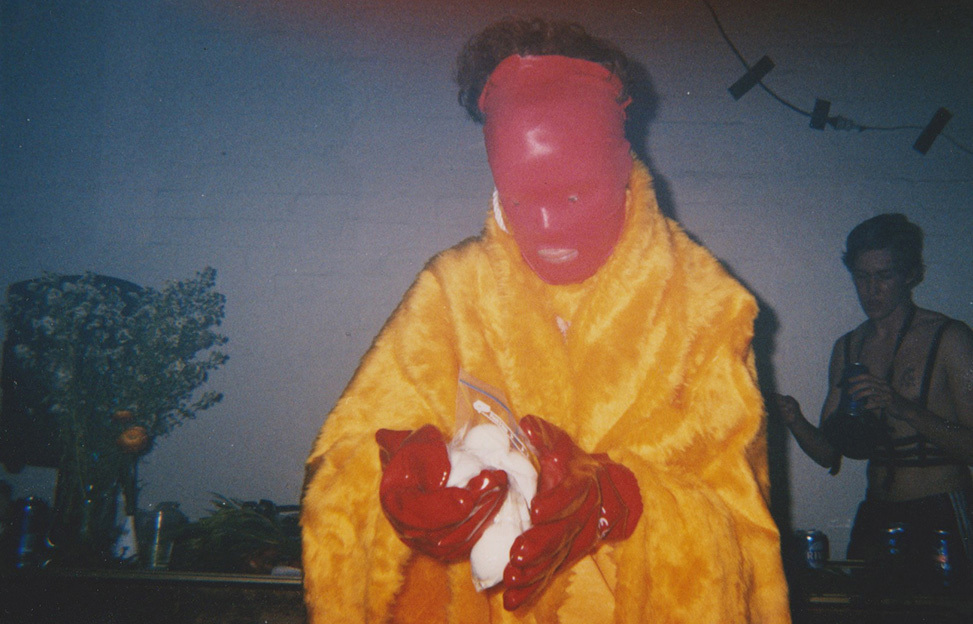Since New South Wales premier Mike Baird introduced Sydney’s controversial lock out laws in 2014, debate has raged over their impact: have they hurt the city, have they helped it—are these things we can even quantify? For anyone who hasn’t tried to get a drink after midnight in Sydney recently, the restrictions mean inner city venues are unable to let in new patrons after 1:30AM, and they have to stop serving alcohol at 3AM. The state government reckons the laws are the best way to curb street violence and alcohol fuelled assaults. But locals counter that the changes only push the drunken brawls into surrounding areas, and are draining the city’s broader cultural appeal.
Traditional bars and clubs are struggling, but it’s not all bad news. The changes have led to a renaissance in the city’s DIY rave culture. Underground parties are popping up across the city and organisers are searching for warehouses, parks and abandoned buildings to take over and liven up.

The response isn’t really that surprising, after all rave culture has always thrived in the shadow of oppression. Arguably our most iconic images of raves came out of the UK in the late 80s and early 90s, when partiers were reacting against the conservative Thatcher government and carving out their own social freedoms. Raves are a natural antidote to over policed nanny-states.
Decades later the same thing is going down in Sydney. Okra Project are an art collective that regularly throws independent and illegal parties around the city. Speaking to i-D their organiser Thorsten explained the events are not just a reaction to the crackdowns, but to the Sydney party scene at large. For him, Okra’s raves cater to attendees looking for a “different experience to clubbing” where they can avoid an increasingly aggressive mainstream party culture.

Their parties aren’t marked by the same assaults that have haunted inner city clubs and streets. Rather than restrictions they offer no lines, BYO drinks and an open attitude towards drugs. This overwhelming sense of freedom and open-mindedness has proved an unstoppable draw. Attendee Tess told i-D she appreciates the autonomy the culture offers: “You are responsible for your very own actions—it’s not like there’s a security guard there to kick you out if you get too wasted.”

For young women like her, mainstream clubs are often hostile places. “If I enter a club, there’s the odd chance I’m going to encounter the hounding dickhead.” Ironically, at these illegal parties she is offered a sense of safety the law can’t provide. “I think it’s because the network of people that know about these events: we all come from a like-minded circle. It’s not like it’s open to the public and all walks of life, like a normal club.”
That’s not to say Okra parties are perfect. After all, these are illegal events, and any involvement with them carries the risk of being shut down or arrested. Plus, any environment where drugs and alcohol are flowing, but medical support is not, sits uneasily.

While illegal parties aren’t a cure-all for Sydney’s dying nightlife, they’re an interesting look at how to bring the people back to the party. Beyond the music, the drugs and the novelty of it all, Sydney’s illegal raves offer a sense of community. But more importantly they remind us that people can treat others with love and respect with a drink in their hand after 3AM.
Credits
Text Thomas Nall
Images courtesy of OKRA Project
